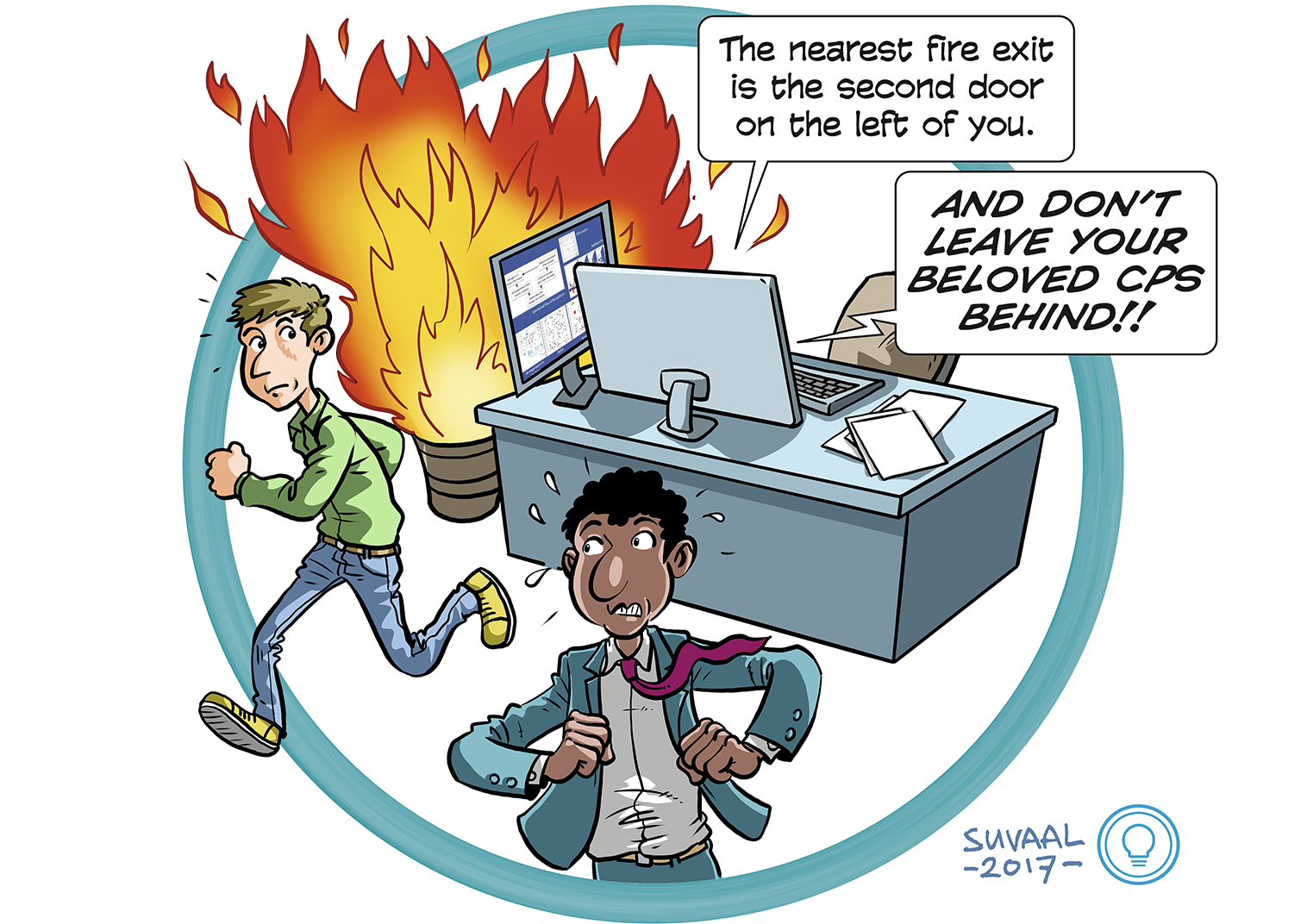Cognitive engineering of smart cyber-physical system
Themes: Software technology & Intelligent Systems, High Tech

Early lab scale demonstration

A TRL is a measure to indicate the matureness of a developing technology. When an innovative idea is discovered it is often not directly suitable for application. Usually such novel idea is subjected to further experimentation, testing and prototyping before it can be implemented. The image below shows how to read TRL’s to categorise the innovative ideas.
Why?
Smart Cyber-Physical Systems (CPSs) have the capability of self-awareness and self-adaptation. They can learn, reason and build their own operation and adaptation plans under changing conditions. Such systems can be distributed and pervasive. The scope of applications is limitless.
How?
For smart CPSs a new type of reasoning mechanism called procedural abduction is being developed and implemented as a reusable software platform. This mechanism enables finding the relative best operation strategy and making architectural and functional adaptations accordingly.
When?
Elements of procedural abduction have been implemented amongst others in an engagement enhancing stroke rehabilitation system and a personalised fire evacuation system. The paradigm of smart CPSs will significantly influence product and service development.
Prof. dr. Imre Horváth
